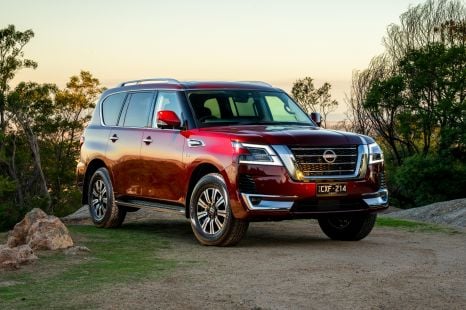

James Wong
5 Days Ago
What happens if you have an accident due to a safety issue on an active recall?

Senior Contributor
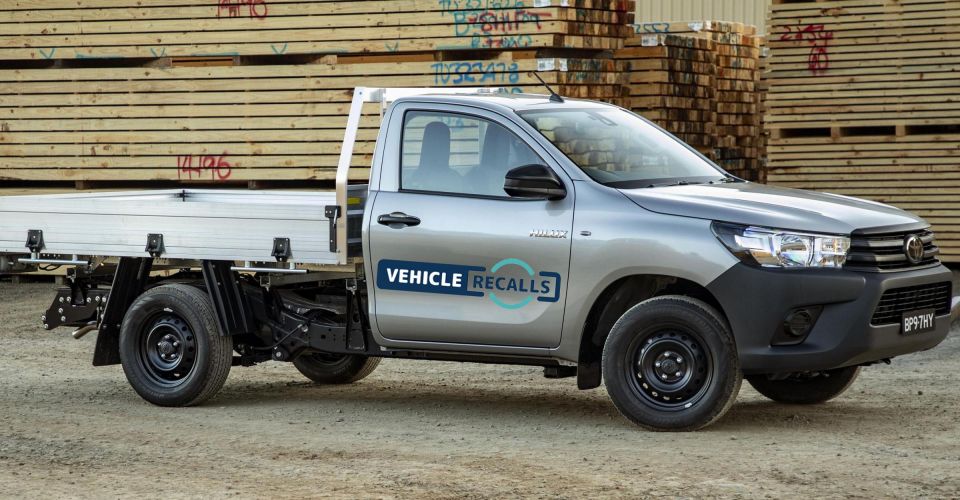

Senior Contributor
Ever wondered if you should be driving your car if you’ve just received a recall notice in the mail?
In plenty of different situations, recalls are issued to ensure that owners of vehicles (or any other item sold) remain safe and don’t take undue risks. Recalls can be serious – life-threatening at times – so it is important that any person, be they the owner, driver or custodian of a vehicle – take the notification of a recall action seriously.
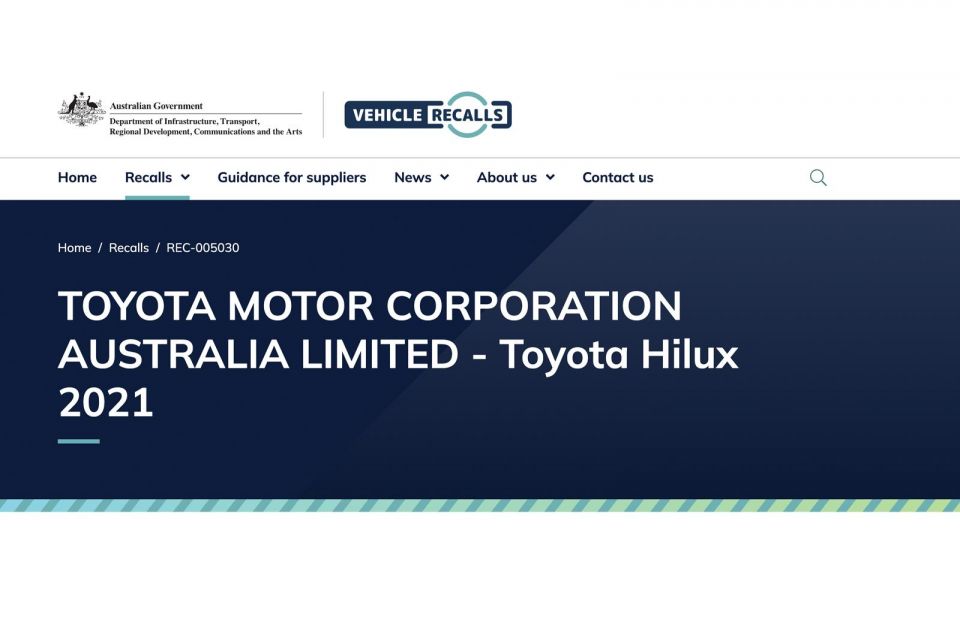
One of the world’s biggest recall campaigns ever conducted was for faulty Takata airbags. That was a ‘compulsory recall’, affecting more than 100 million vehicles worldwide. It was also the biggest recall in Australian history, with more than four million airbags implicated across more than three million vehicles in Australia.
In one example of that recall, owners of Toyota Corolla models that had faulty Takata alpha airbags were advised to “stop driving the vehicle and immediately arrange for airbag replacement as the vehicle has a heightened risk of causing injury or death”. This was categorised as a “critical recall”.
But there are other, less stratospheric recalls that you may have seen. It is not bad to have your vehicle recalled if the OEM is going to fix a potential or actual fault, as the obligation is typically on the brand to pay for the fix.
For instance, a recall issued by Ferrari Australasia for the 812 Superfast in 2020 called out that the rear window may fly out from the back of the car due to incorrect bonding, which could in turn pose a risk of injury or death to other road users. In that instance, Ferrari would replace the glass and ensure the bonding was of the appropriate standard at no cost to owners.
Other recalls are certainly less likely to be dangerous, such as the Nissan Juke’s jack recall, because it didn’t have the correct sticker attached to the device.
In some instances, those “recalls” may actually be categorised as “Service Campaigns”, whereby any work that is not of a critical or crucial nature regarding the safety of the vehicle and the driver and/or other road users is conducted at the next scheduled service.
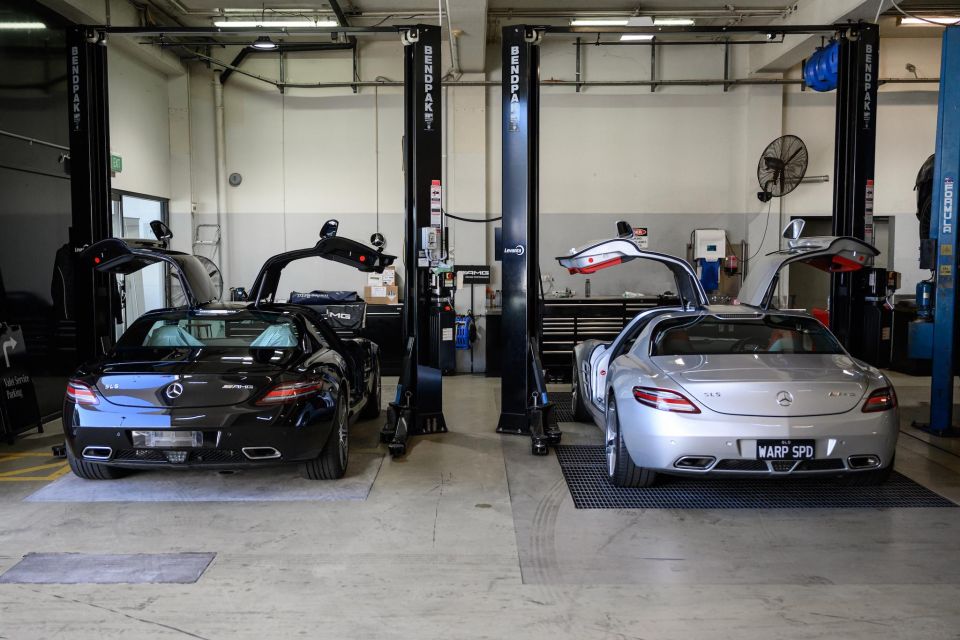
But what about the legalities of driving a vehicle that has an active recall program against it? Well, the onus is essentially on the owner, once they’re notified, not to.
One OEM we spoke with advised that “once a letter or email of notification of a recall is delivered to the owner or custodian of the vehicle, the liability is passed on to that party”.
What if the custodian of a vehicle with an active and unseen-to-recall notice issued decided to continue driving the vehicle and intentionally not have the recall work seen to? What happens then if the vehicle has a fault that injures or kills the driver or someone else?
Our contact suggested that, technically, the liability is still with the owner/driver/custodian of the vehicle, but it may be that legal motions would be required to prove that to be the case.
As a side note, it is known that some OEMs have had counterclaims against them, with the owner/custodian stating or claiming they did not receive notification of the recall issue.
However, if the vehicle has been maintained through the OEM’s dealer network, the company records should show the facts. In some instances, it has been known that dealer records have shown a customer has cancelled a booking or moved a booking for the rectification work to be completed.
So, for example, if a driver has been notified that the wheel of their car may fall off (it happens more often than you’d think), and yet they choose not to have their vehicle repaired and then are involved in a crash because of that fault, it is – in all likelihood – going to be found that the operator of the vehicle is at fault because they didn’t have the safety recall seen to.
Each instance is different, however, and this is not legal advice to suggest that you act in any particular manner when a recall notice is served.
However, it is clear that, for the safety of yourself and other road users, if you receive a letter or email or any form of notification from a car brand to advise you of a safety recall, you try to make sure you have that recall sorted out as soon as possible.
If you are uncertain about the correct course of action, check out the Australian Competition and Consumer Commission’s recalls website. And if you have a recall notice for your car and want to discuss the matter further with the OEM, be sure to contact that brand’s customer service department. The notification will typically list numbers or email addresses that you can contact for further advice.
Not intended as legal advice. Check with the relevant roads authority in your state or territory.
Read: Why I refused to fix my deadly Takata airbags… until now
Matt has more than a decade of experience in automotive journalism, and loves exploring the pros and cons of new cars, delving into deep-dive industry stories, and going for a drive just for the fun of it.


James Wong
5 Days Ago


James Fossdyke
5 Days Ago


Gautam Sharma
4 Days Ago
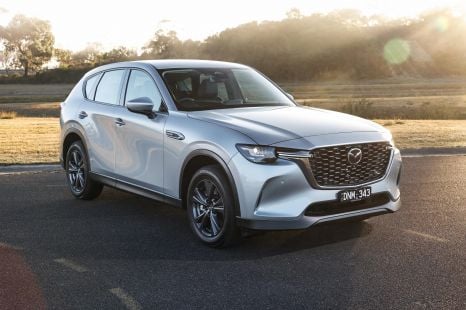

Josh Nevett
2 Days Ago


William Stopford
2 Days Ago


William Stopford
5 Hours Ago